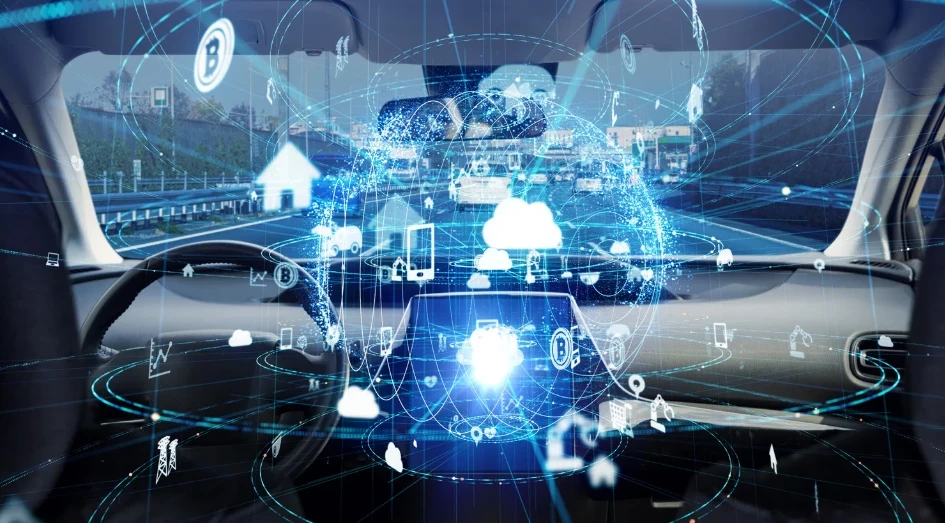Limitations & possibilities of automatic emergency braking systems
Add bookmarkAutomotive IQ sat down with Mr. Jansson, Research Director & Head of Department Swedish National Road and Transport Research Institute, to discuss the challenges when it comes to crashes between VRU and motor vehicles. Particular emphasis will be put on fundamental limitations and possibilities of automatic emergency braking systems.
You are Research Director of the Swedish National Road and Transport Research Institute. What is your main area of research at the moment?
My department focus on Human factors, vehicle technology and traffic safety issues. My recent interest has been directed towards the use of advanced driving simulators and how they can be used to study both human interaction and impact on the transport system, with applications in advanced driving support systems and electromobility solutions. Recently we have also started to look at how virtual methods can be used to study VRU issues.
When it comes to Vulnerable Road Users (VRU), what are the newest research findings?
While traffic safety is improving, in most areas, VRU issues remain a challenge (in Sweden and other EU countries). There are several highly interesting trends where progress may be expected. This includes vehicle safety functions but will also require policy actions and infrastructure measures. It is highly important that safety of VRUs is not regarded separately. Impact on health and the environment is important factors that must be considered.
What is the greatest challenge for automotive safety systems with VRU in road traffic?
There are several technical challenges. Sensing is one important topic, i.e. classifying and accurately predicting the movement of VRUs is one. To deal with VRU in low speed conditions the sensors field-of-view must be wider than most sensing systems currently on the market. Interaction between automated vehicles and VRUs is another topic that need a lot of research. The trade of between being safe and too cautions is something that must be dealt with.
How fast do you see this challenge tackled by OEMs? What do they need to change to achieve Vision Zero?
Technology of driver support systems is developing very rapidly, and driving support has a great potential in seriously decreasing VRU accidents. The main challenge at the moment is to get a high penetration of driving support systems that are capable of dealing with VRUs on the market. The OEM need to develop their tools for system developments and testing to be able to keep up with the innovation pace in this area. I believe virtual methods must be used to a much larger extent in the development process. Testing for consumers, like the Euro NCAP, must also continue to evolve such that the best solutions (that have a real life safety impact) are being promoted.
Do you see potential to diminish VRU accidents with fully autonomous vehicles?
Automation has a great potential in reducing VRU accidents. However, there is also a risk that this could have a negative impact on transport efficiency. How to best deal with this trade of is a very important topic that remains to be answered.
What will be the content and structure of your presentation at the IQPC event?
The talk will start with an overview of challenges and opportunities for active modes of transportation. This overview is based on accident statistics and policy initiatives, but also consequence of adopting a Vision Zero view of the transport system. Then attention will be spent on challenges when it comes to crashes between VRU and motor vehicles. Particular emphasis will be put on fundamental limitations and possibilities of automatic emergency braking systems. The summary will outline future challenges and possibilities for driving support systems and vehicle automation functions.
































